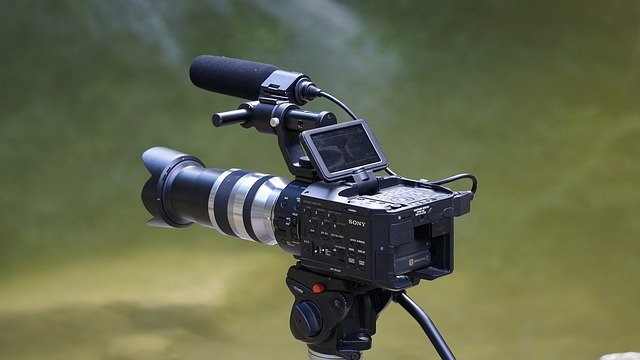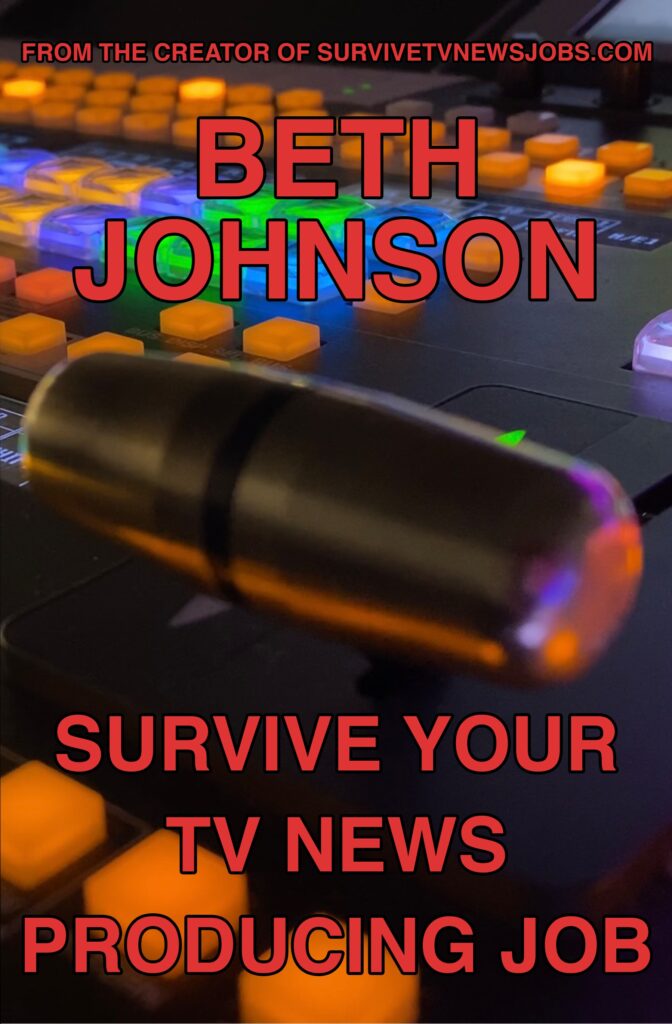If I had a dollar for every shot of generic video in a story, I would be rich, on the beach living the high life! It’s so common, it’s almost become accepted in the industry. And that’s a big mistake because generic video does nothing to help viewers trust that you know what you are talking about. It’s true. They can tell that you just slapped up some pictures hoping they would not really look. And nowadays, it’s just another reason to shake their head, grumble about fake news and look at social media instead.
So how do you reference video, especially when you have no choice but to use generic shots? First, let’s define generic video. Generic video are images that are peripherally, but not always specifically, related to a story. Sometimes, generic video sticks out and seems to make little or no sense with the story. It’s video for video’s sake. And it’s a major danger zone. That is especially true if you ask editors to “Just pad out the shots” to make sure the video doesn’t run out, or “just find me pics of people eating at a restaurant.” “Just show me avocados.” “I need video of a beach.” I have seen stations have advertising pulled over showing restaurant pics, that the chain viewed as identifiable during a food recall story. Same with images of produce. Is there a from Chile, or from Mexico sticker? These kinds of details have the potential to be hugely important. Even something as innocuous as pictures of a beach can create a fact error. Beaches in Hawaii do not look the same as the ones in Florida or Maine and viewers DO notice. In other words, there is no such thing as generic video. Every image has a fact in it. Remember that.
So, let’s add this to the definition of generic video: It is images you are not mentioning in any way while the story is being read aloud. This is an important distinction because it gets to the core of this article: referencing video. You need to have the copy and video make sense together. Now, I did not say “match.” It’s just not realistic to pre-record every story that airs and sometimes the video is slightly ahead or behind the copy as it’s read. That’s not great, but better if the video is actually referenced in the telling of the story.
A recent example I saw was a story of a man who worked at a religious day care center who was accused of molesting children there. The story showed the mug shot of the man, the sign of the place where he worked, a building (I assume is the same place??) and shots of an infant swing. Not great images to work with, right? But with subtle writing references you can make it work, and not be generic and therefore confusing. Here’s how that can be done: “(mug shot) Name was arrested today, on child molestation charges. He worked at (show sign and say name of) daycare. (images of building and swing) You might recognize this building on and playground on ( ) street in (city). Police did not say what ages the children were in this case, but infants up to age 8 attend this daycare. (on camera) (name) faces 5 counts tonight. We will let you know what happens next in this case.”
I once had a news director require that we shot sheet every story in every newscast. The first couple of weeks I seriously thought my newscast would not make air. It took forever! But eventually I got the routine down and could still write quickly. With desktop editing so prevalent now, there is really little excuse to not write to video. This does not mean you have to shot sheet and reference every single image. I get that. But you can make sure that you at least reference the first shot seen, and if you add any file video, mention that it is past video, from whatever the source and/or time.
Also, as you are starting to teach yourself to write to video use these references:
“As you see here”
“you can see”
“this is (_____)”
“here’s a good look at (_____)”
“take a look at (_____).”
These references can get cliche after a while, so you do not want to use them all the time everyday every story. But use them for a couple of weeks as you retrain your brain to think of images as you write your stories. They really help. As you get the hang of it, it’s easy to drop these catch phrases.
Referencing video does not always mean that you have to overtly say what’s on the screen. Sometimes it’s just making sure that what the copy says plays off of the images. So referencing video is, truly, not as hard as it seems. Hopefully this article makes it easier for you, so you can start to reference more images in your stories. You want your newscasts and stories to stand out. You are writing for the ear, but also for the eye. Never forget that. Video needs to be part of the context of the story not a distractor.
Image by Josep Monter Martinez from Pixabay.




